And now, for something a little different. We all fall into creative ruts occasionally, and we can all benefit from a little reboot from time to time. Think of it as the closest we’re going to get to a creative diet plan of sorts. It doesn’t involve more fibre, or workouts, or stairs, or eating things that might look healthy but taste terrible. I promise not to make you develop your own film, though you certainly can if you want. Read on if you want to tighten your photo-chops.
Part one: letting go
A lot of the time, I think we get stuck because of our own expectations: something does not conform to our preconceived visions of what a ‘legitimate’ subject or image should be, therefore we ignore or dismiss it. (Arguably, this also applies to many things beyond photography – food, books, people, places.) We walk past a scene or an object not really noticing it or not thinking it holds any photographic potential until we see an image by somebody else from the same location or of the same thing and subsequently wonder ‘I walk past that corner every day; why didn’t I see that?’ The answer is because we have blinkered ourselves and dismissed it as fair game, or a fair target. It’s usually also why accidents or disasters happen: we either never conceived of the possibility, or dismissed it out of hand and never bothered to prepare. Therefore:
1. The subject does not matter
From a coldly dispassionate and objective standpoint, a photograph is nothing more than a recording of luminance and frequency of reflected light as a spatial function. It is a map of brightness across a defined area, limited by the field of view of your lens. These facts do not change if you are photographing a rubbish pile at night or a supermodel with studio strobes; you are still making a recording of the reflected light. What this means is you should decouple subject from composition and light: every subject is nothing more than an arrangement of color, luminance and shape. Therefore the problem of ‘not having anything to shoot’ is solved. The creative and individualising part of photography comes in deciding where to point the recorder and when to press the button.
2. The camera does not matter
Given that we are merely making recordings of reflected light, the camera is relegated to nothing more than a tool – as it should be and has always been. It is nothing more than a recording box. Some boxes record with better gain or higher precision or better resolution than others; some are easier to use; all are fundamentally there to do the same thing: record whatever you point them at, when you tell them to. I cannot think of any camera sold in the last five years – and probably longer – that is not capable of doing this. Therefore, use whatever you’re comfortable with and move on. The kind of incremental performance gains available now are not really going to change the outcome of the exercise (and will probably defeat it) so don’t waste any time or mental capacity there. The act of seeing is the tough part – the rest can be learned by practice. However, since anything is now fair game, you just need to look for the arrangement of colours and shapes that appears interesting and appeals to you instinctively. Do not prejudge the outcome.
3. Perspectives are not right or wrong
Some subjects may be rendered in a more aesthetically pleasing or acceptable way to societal conventions by certain focal lengths/ angles of view; this is again a consequence of expectation rather than absolute right or wrong. It is of course possible that you can photograph something from an unconventional perspective and find an angle that is extremely flattering and as a bonus, unusual; but if you restrict yourself to what has been done before, it is certain that you cannot achieve a different outcome, either.
4. Get over bokeh
I’ve said plenty about this in the past, but shallow depth of field is actually quite restrictive: you’ve effectively only got two, or at most three (subject, OOF background and OOF foreground) layers to work with and two of them aren’t really useful for anything other than setting the mood. You can’t layer in context or story with something you can’t see or identify. Really fast lenses are good at two things: collecting light when you have no other way of getting an image, and putting some isolation back in at longer distances. A bit of DOF separation is a good thing because it can help your subject pop from the background – too much is not, because the image just becomes subject and background. Of course, if you’re going to shoot with something that’s incapable of rendering backgrounds out of focus, that’s not a bad thing either…
5. Practice makes perfect
Photographic opportunities can be relatively leisurely, but they can also be extremely fleeting; it is for this reason you want to be ready and able to respond without having to think too much about where to position your subject relative to the background. Sometimes, a step to one side can make the difference between a dud and a portfolio shot, and another second might mean missing it altogether. Even worse, not being observant will definitely result in a miss – regardless of how fast on the draw you might be. The only certain way around this is to shoot, and shoot lots. Even if the ideas or compositions or subjects or light might not be so instinctive and fluent at the start; it doesn’t matter because eventually they will be, and that’s the point you want to get to. Just like you want to train your muscle memory to be familiar with your tools, to get to the point of instinctive response, you also need to train your eyes to be constantly observing and noticing, too. Then, once your attention is caught – execute the capture process.
You’ll notice at no point did I really mention focusing on any of the four things; yes, they’re important, but I’m assuming you probably know them and are at risk of erring on the side of formulaic and automatic rather than uncertain. I’ve also said nothing about light: we know that great light (intensity, directionality, etc.) can make even the most pedestrian subjects incredible; we know that it becomes much harder to make a subject look good under a flat grey overcast sky. But there’s also no such thing as right or wrong light; for instance, harsh light might make an old, weathered house look more dramatic, but is unlikely to be flattering to a young female. Knowing and working to the strengths and weaknesses of the light you have is important, of course.
I’m going to let all of that marinate for a day or two. To be continued in part two…
__________________
Turn the mood and style up to 11: the Hanoi Cinematic Masterclass in association with Zeiss (21-26 July and 28 July-2 August inclusive) is now open for registration – click here to book and for more information.
__________________
Ultraprints from this series are available on request here
__________________
Visit the Teaching Store to up your photographic game – including workshop and Photoshop Workflow videos and the customized Email School of Photography; or go mobile with the Photography Compendium for iPad. You can also get your gear from B&H and Amazon. Prices are the same as normal, however a small portion of your purchase value is referred back to me. Thanks!
Don’t forget to like us on Facebook and join the reader Flickr group!
Images and content copyright Ming Thein | mingthein.com 2012 onwards. All rights reserved

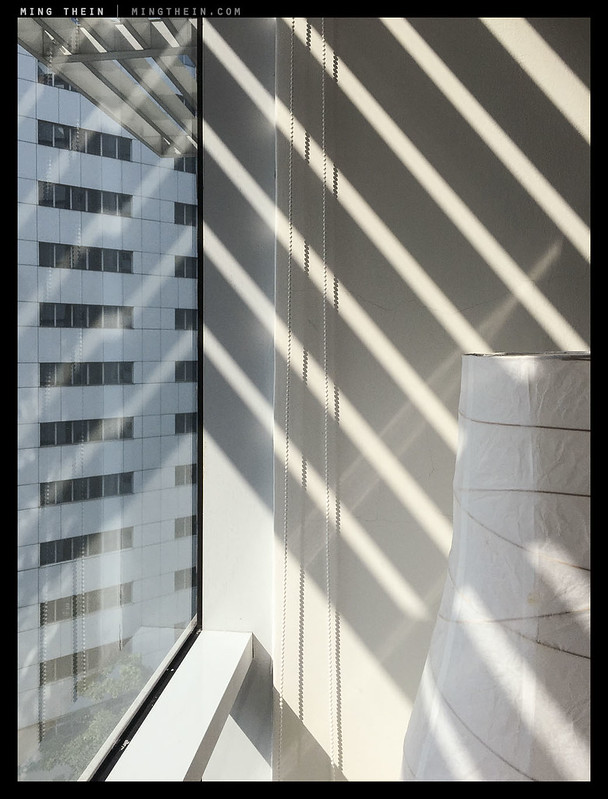
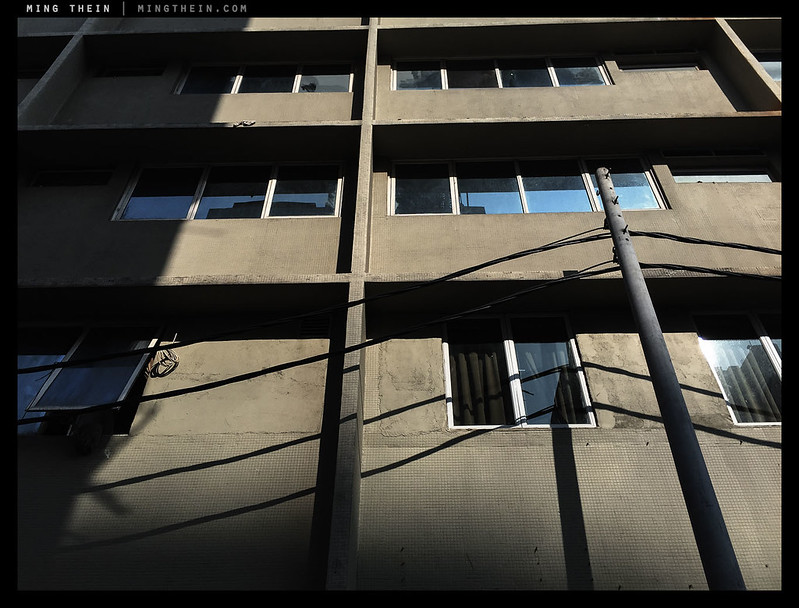
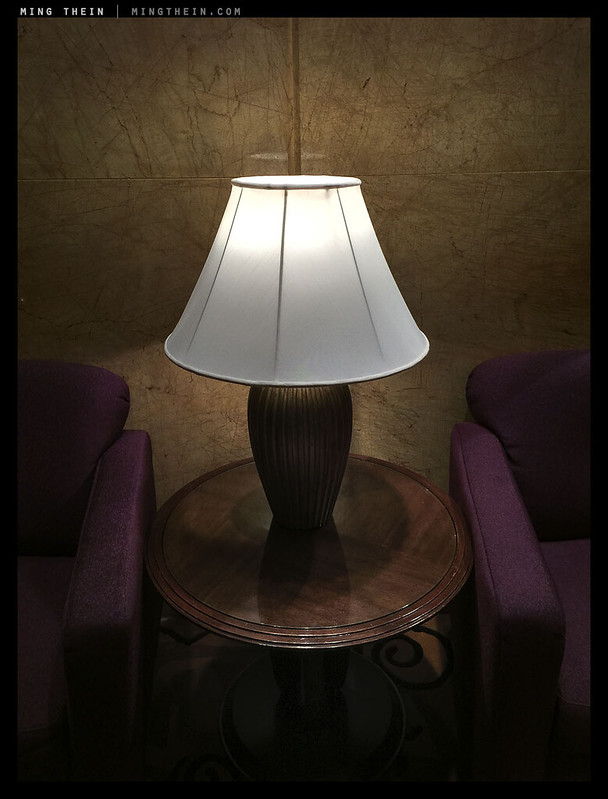
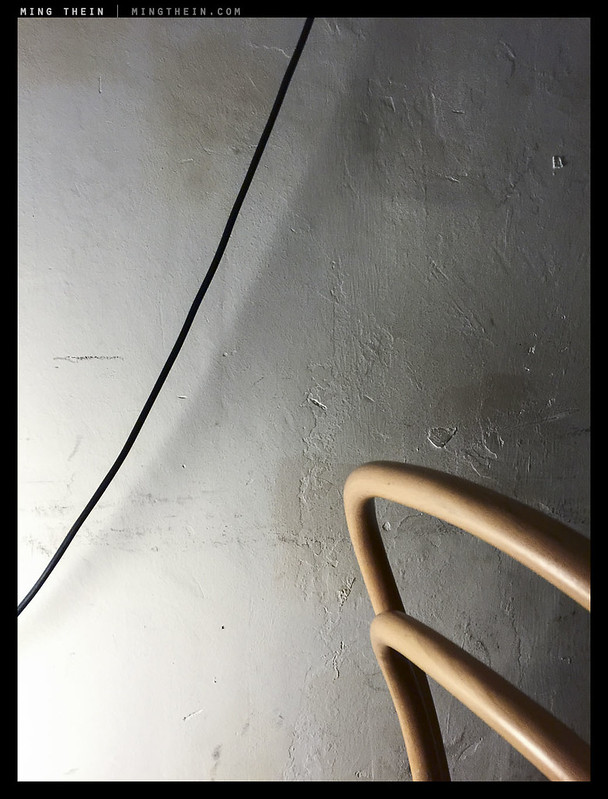
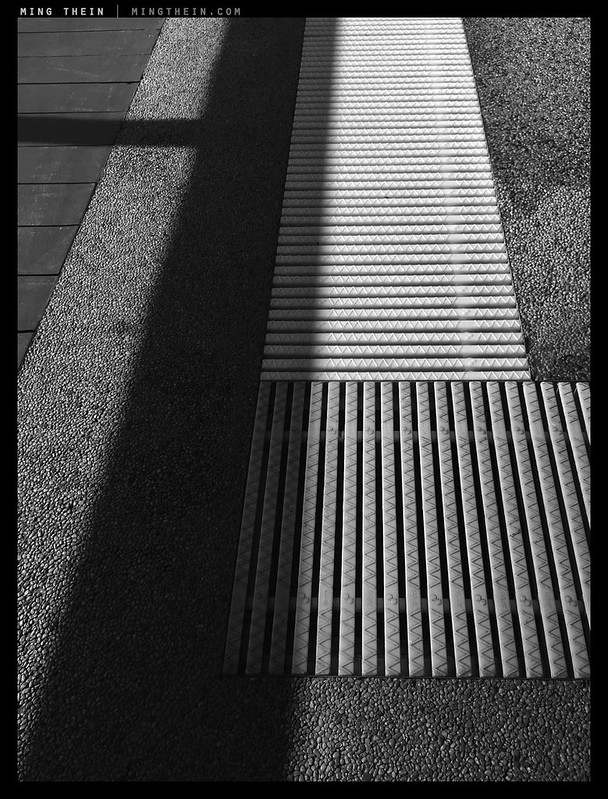






These are spectacular. The leading lines get me every time!
Thanks!
Great read and insight. Thanks! Question: Coming out of an iPhone, your photos look really sharp. I’ve used my iPhone 5s and the output is nowhere near yours. How do you achieve the sharpness, through PP?
Thanks. You can’t put back the missing sharpness with PP; if the image is blurred, it’s blurred – the information simply doesn’t exist. I suggest starting with shot discipline…
Great article! But I’m not so sure about the camera does not matter part. Like you said, use whatever you’re comfortable with. I think that statement is very important. If a camera “feels” wrong, uncomfortable to hold, if you have to “fight” it to accomplish what you want, it will influence you on an emotional level and as a result show up in the images you take. So I think the camera does matter, but not in the sense that most people think. Not the cold technical specs, but the “feel” is what makes or breaks a camera, for you.
Agreed, and that was covered waaaaay back in this and this article 🙂
I’m not sure having something that requires more effort will necessarily have a *negative* effect on your results. I agree that the equipment will have some kind of effect, but often we assume that if something is hard to use, then we will get poorer results out of it. Compare this to learning how to play a violin or reading music: it’s not easy and the initial results are rather terrible sounding, but there’ve been centuries of wonderful music made with these difficult tools.
Perhaps there are multiple phases, and those things that are hard will filter those people who aren’t willing to give enough effort and time to get over that first hump to discover the things beyond it.
Photography’s younger, but we’ve had a lot of good photos in the last 150 years — and some unsurpassed even today in artistic quality — all made with primitive equipment.
Medicine for me. Have been in a hole with my photography, same composition and subject.
Glad to hear it!
Brilliant.
What Mike said
Thank you.
Awesome article…
Thanks!
A simpler definition, a photograph is a recorded image in a frame. There is always something to shoot. There isn’t always enough motivation to get off one’s ass and shoot it. Another thought provoking essay, Ming. I can’t think of anyone out there who looks at the creative process way you do.
Thank you. I am here to provide you with the virtual boot 🙂
Yeah, boot me out of my chair.
There are only so many images you can make of the wall in front of you 🙂
Interesting point of view! The photos are so comforting “)
I love the enthusiasm and the gusto with which you write! Ad as usual, the stuff is great. only problem is if you travel more on this path (xx doesn’t matter, yyy doesn’t matter etc.) a day will come when you will define a house as a ‘closed arrangement of six planes.’ So many industries may want you spirited away!!! 🙂 But I endorse everything you wrote here. Thanks. Looking forward to the next piece.
Simplicity/ clarity of an idea is one thing; executing it is quite another. In fact, I’d say the simpler an idea is, the more difficult it is to keep pure…
Thus the maxim “the devil is in the details.”
Heh, after selling my “troubled” (in my own mind, anyway) RX100, and “investing” in a larger, but supposedly better camera, my wife has been uttering the above words almost as a mantra – usually with a bit more, umm, direct suggestion involved. 😉
“You’ve got your camera – will you please just get out there, *anywhere* that involves you getting out more, and take more photographs, that’s why you bought the ****ed thing…” 🙂
I can’t argue with that! 🙂
Great post. Love your blog and the more philosophical slant you sometimes have.
Thank you.
Always incredibly inspiring to read your thoughts and view your images. All of that you mention are things I try to think of whenever I feel stuck in a rut. There is always a great image to be captured around the corner, yet it’s so easy to forget this and blame the lens, weather or location.
We have and always will be the biggest limitation…
Wonderfully inspirational. Looking forward to part 2.
Thanks Ciao!
Thank you for this Ming.
Some of the wisest words I have read for a very long time. It is a very encouraging read and a talk directly into the heart of a photog with a ditched vison. Up again and up on the horse. There are volumes of luminance and textures that just haven’t been recorded yet.
A pleasure – and yes, the great thing about photography is that it’s almost impossible to make the same picture twice 🙂
The best way to get over bokeh is to have a second child. With just a single child, girlfriend or wife, the temptation is there to surround him or her with all that gorgeous, luscious, deductive, beguiling bokeh, more bokeh and even more bokeh.
But with a second or subsequent child, all of a sudden even 50mm f/.5.6 doesn’t cut it anymore when the two kids are running around, happily playing with each other in the field/playground/beach,etc.
🙂
Hah! I never had a problem with bokeh to begin with. One could always start using pinholes too, I suppose…
Wonderful read Ming! Sure to be a classic. 🙂 I really like the advice here and the images are amazing.
Thanks!